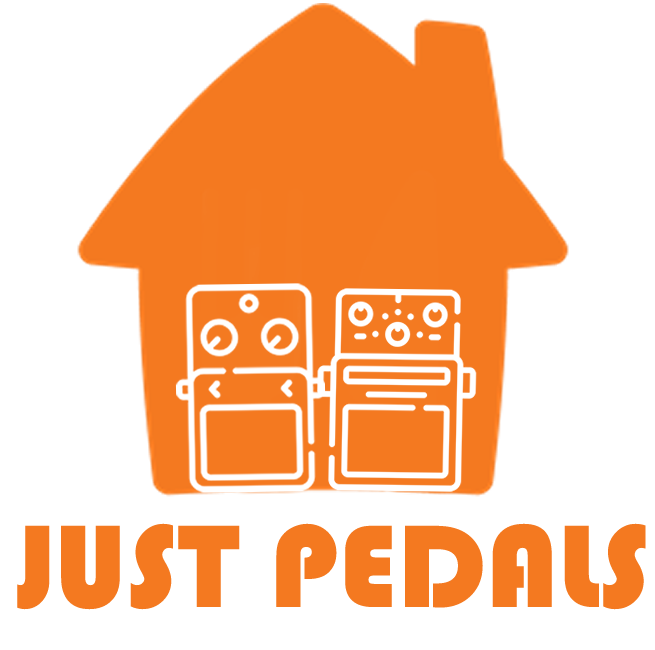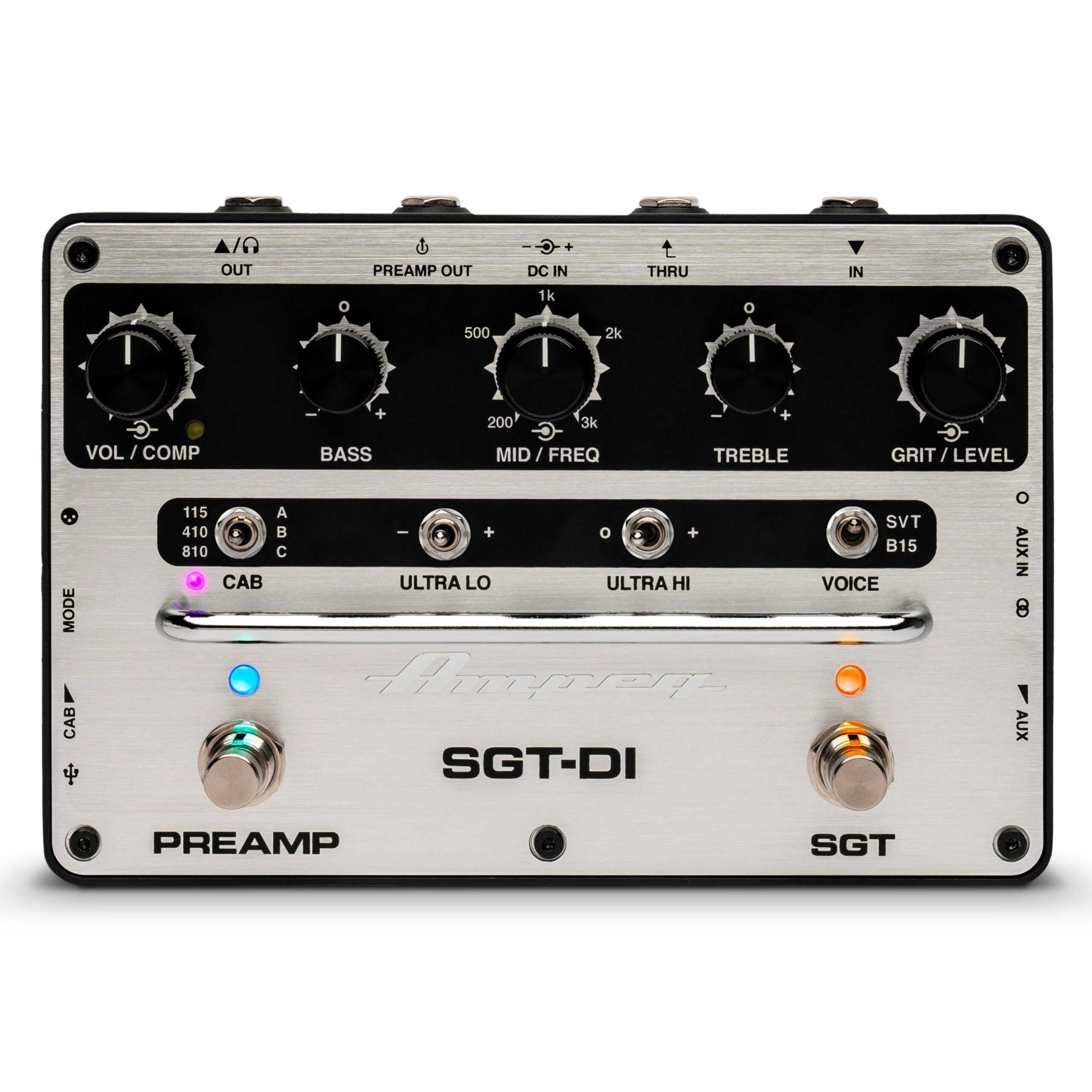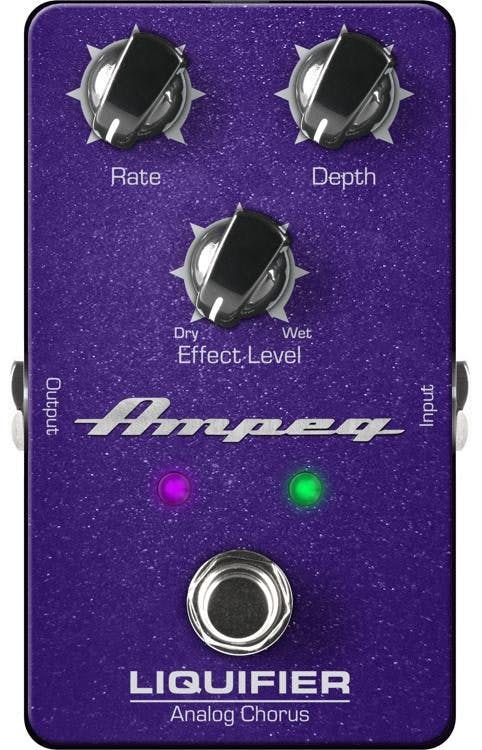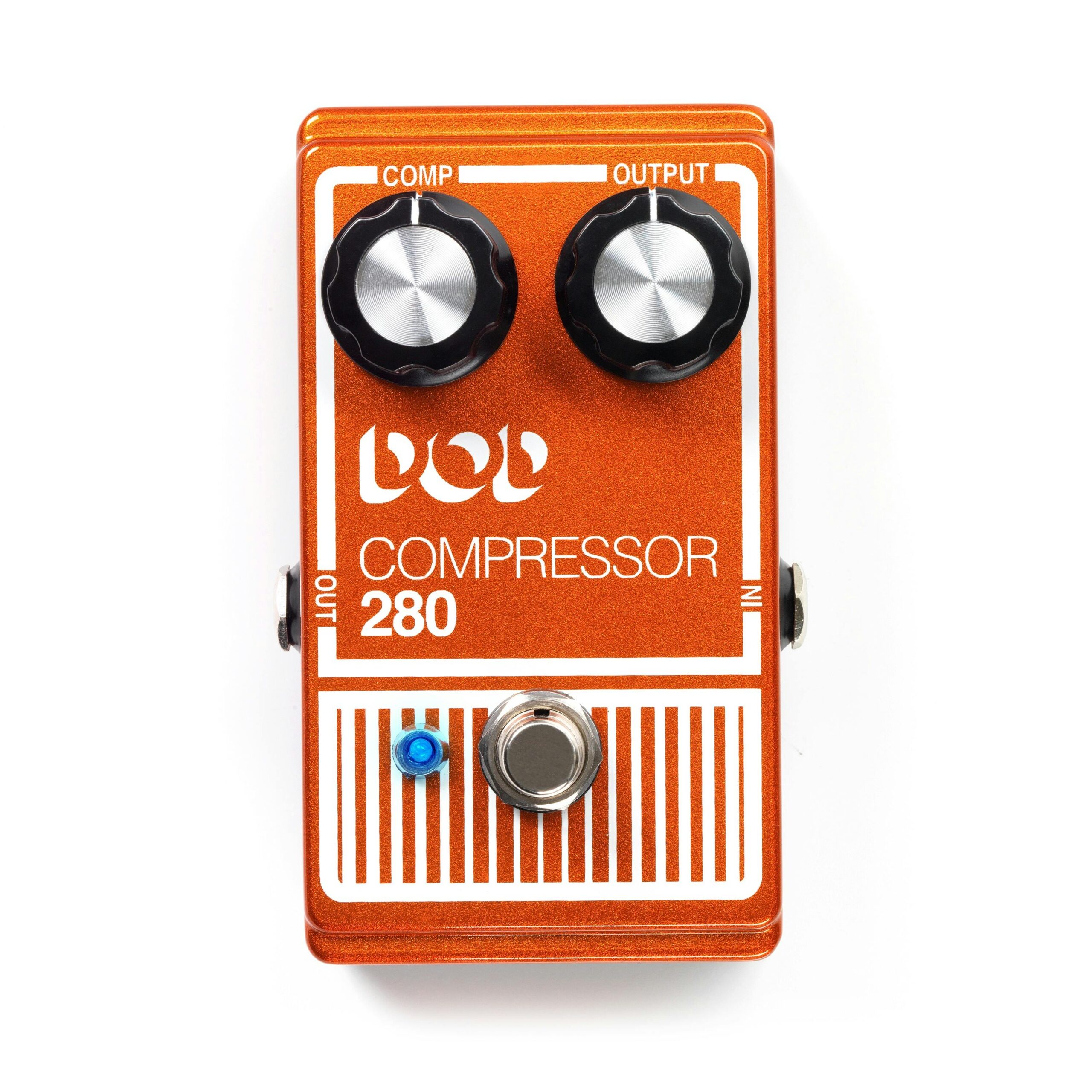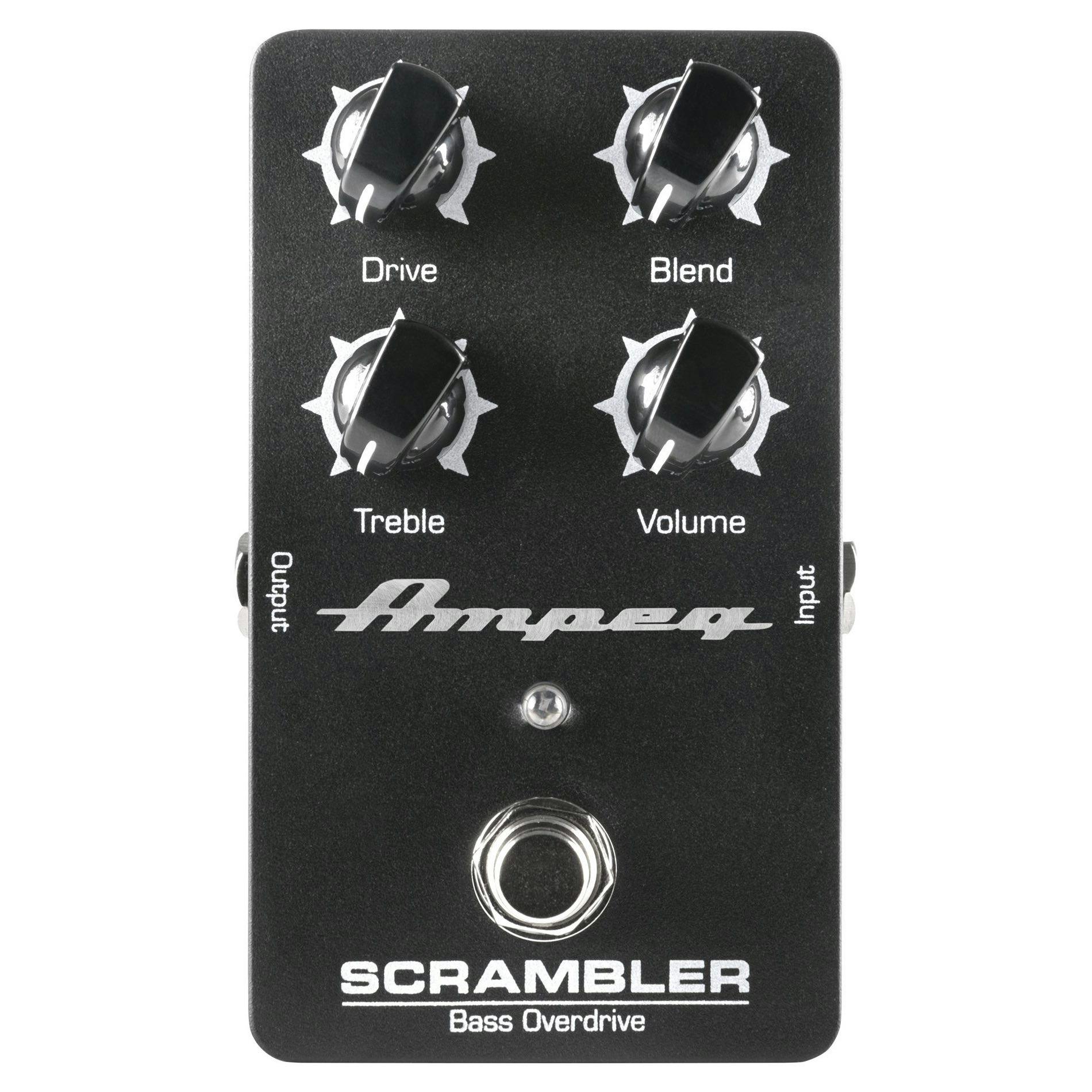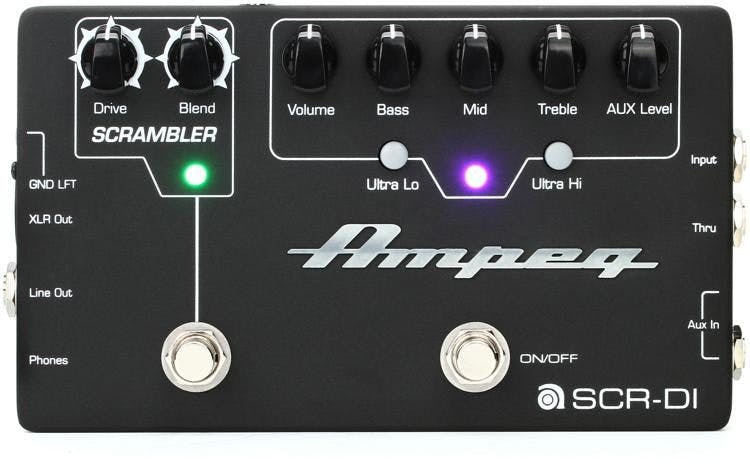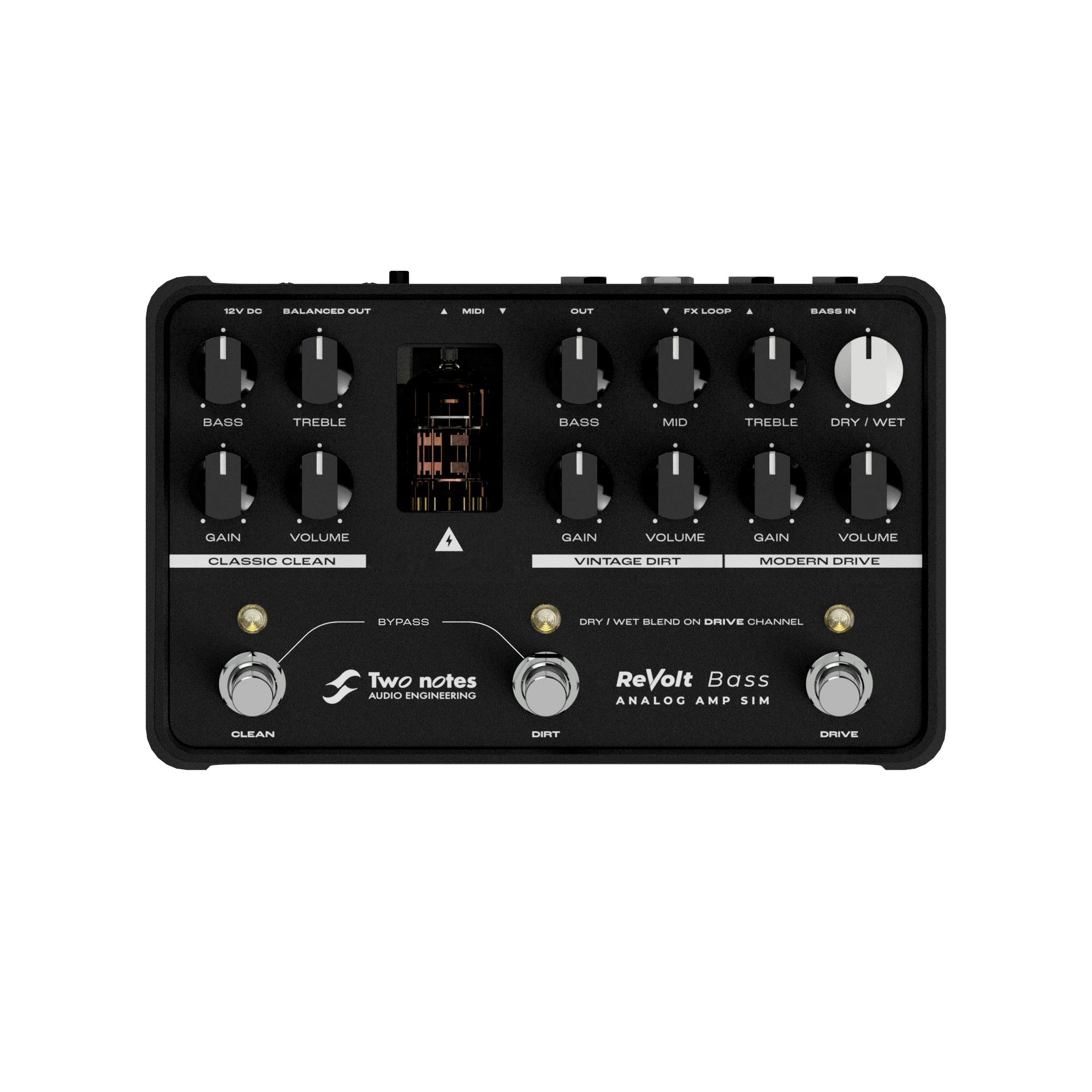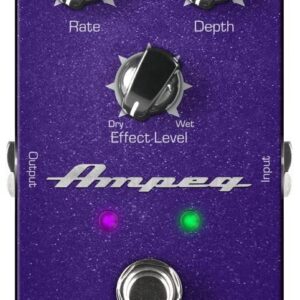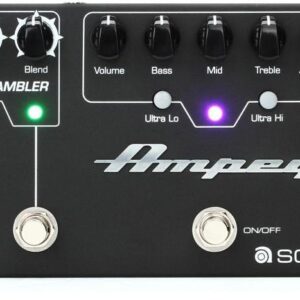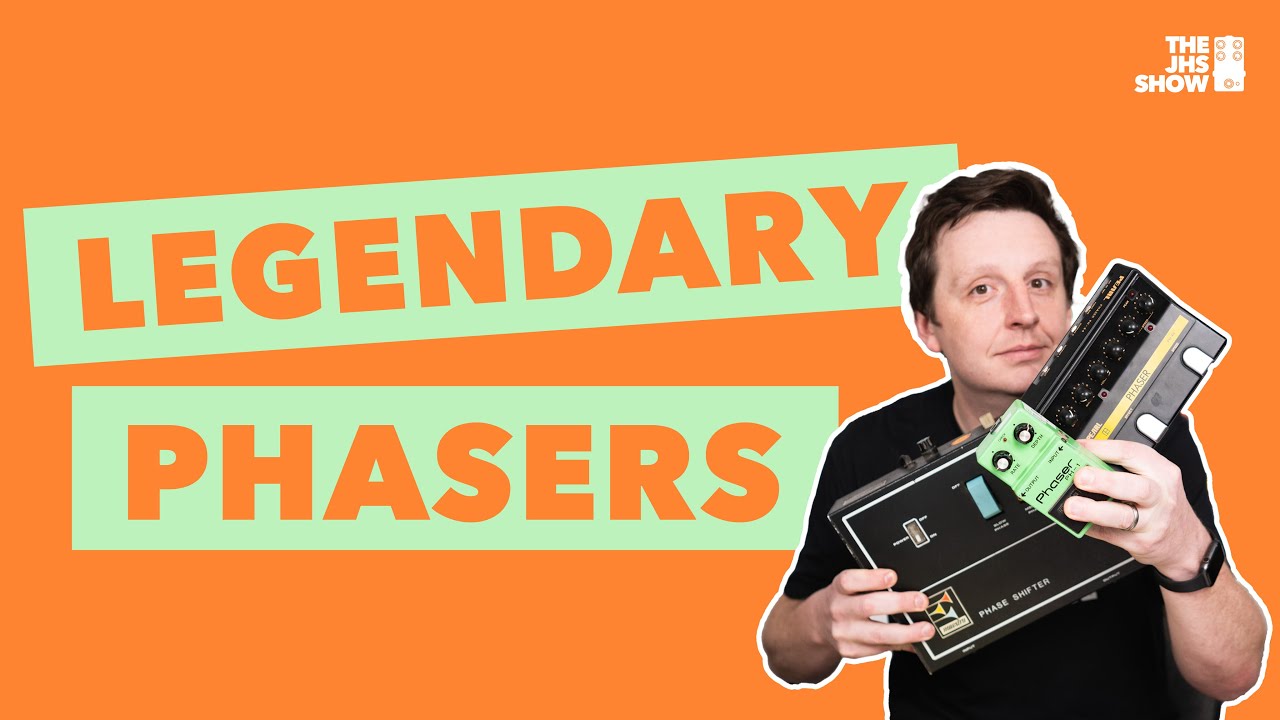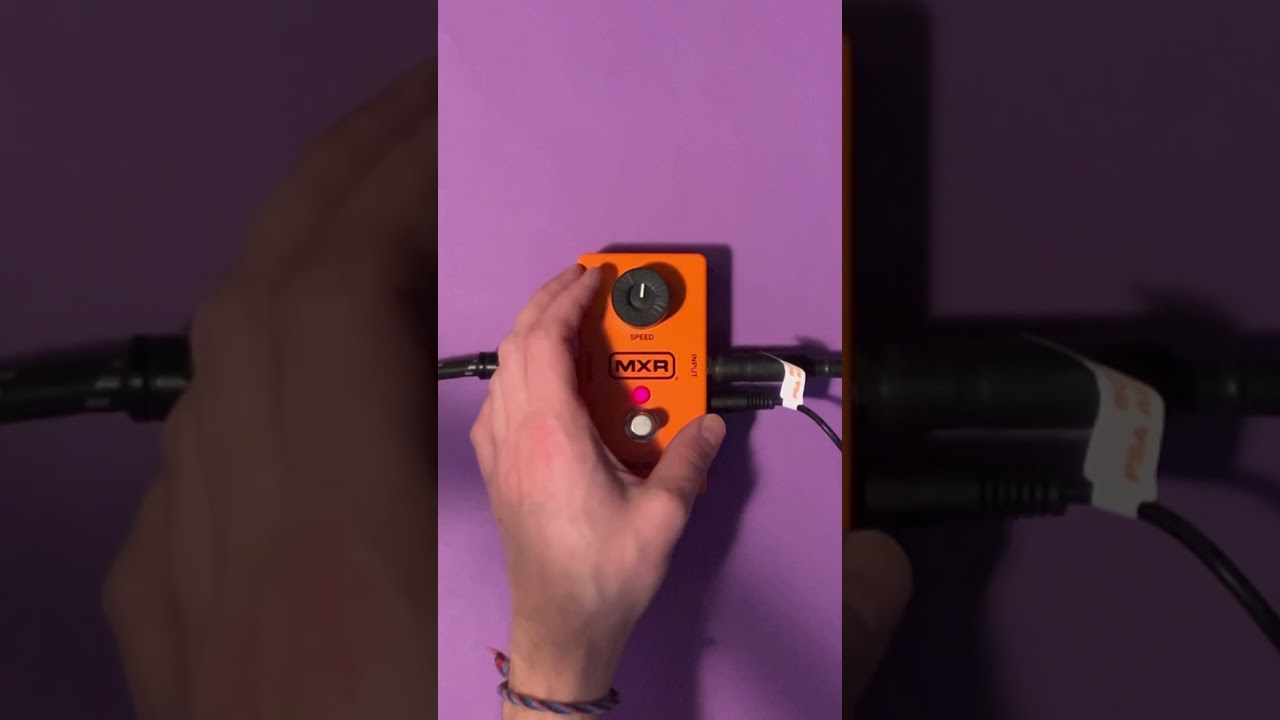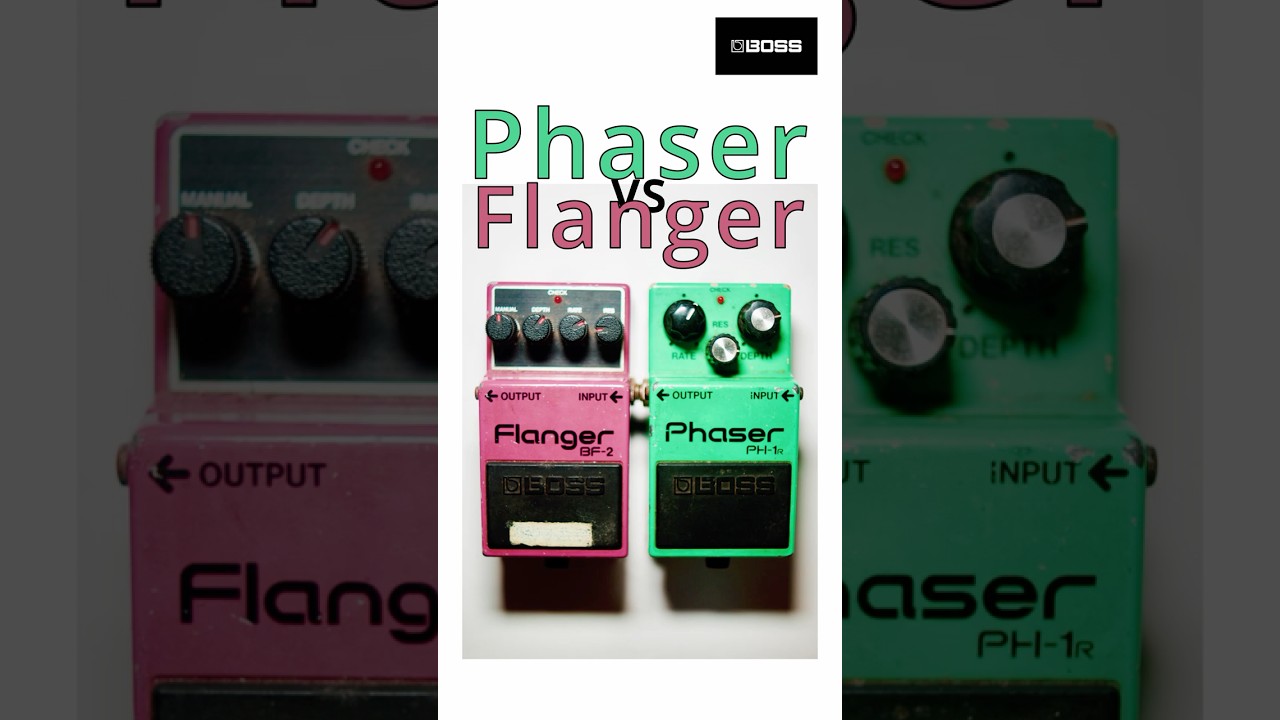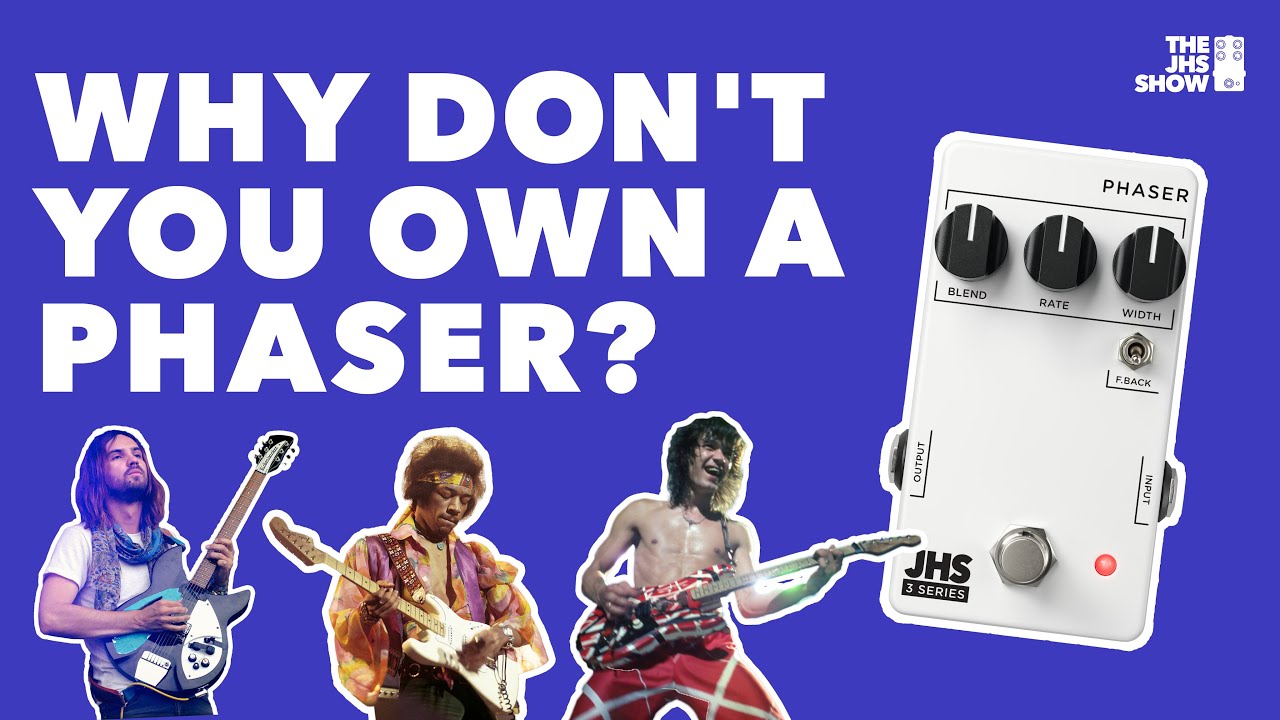Description
The Ampeg OPTOCOMP Analog Optical Bass Compressor Pedal is currently retailing at £99 and it is out of stock. Available to be delivered to you by post direct (some charge may apply).The team at Just Pedals think that Ampeg nailed it with the Ampeg OPTOCOMP Analog Optical Bass Compressor Pedal. Ampeg OPTOCOMP Analog Optical Bass Compressor Pedal
We have new and used Ampeg musical equipment available on our website for fast direct delivery from sellers across the UK & Europe.
Ampeg is legendary in the world of bass amplification, known for its deep, rich tones and unmistakable vintage warmth. From the iconic SVT series, favoured by professional bassists worldwide, to modern compact options like the Rocket Bass combos, Ampeg delivers powerful, stage-ready sound with that signature punch. Whether you’re after classic tube-driven grit or clean, articulate low-end, Ampeg remains a go-to choice for bass players across all genres.
Analog effects pedals use traditional circuitry, typically built with transistors, capacitors, and resistors, to shape and modify a guitar’s signal without digital processing. Known for their warm, natural, and organic sound, analog pedals are favoured by many musicians for their rich harmonic response and smooth dynamic range. Unlike digital pedals, which process audio using algorithms, analog pedals maintain a continuous signal flow, preserving the instrument’s natural character.
Classic analog effects include overdrive, fuzz, phaser, chorus, and delay pedals, with legendary models like the Electro-Harmonix Big Muff, MXR Phase 90, and Boss DM-2 Delay standing the test of time. While digital pedals offer versatility and precision, analog pedals are prized for their warmth and simplicity, making them a staple in many guitarists’ pedalboards.
In the realm of guitar effects, “bass” pedals are designed specifically for bass guitars, enhancing their low-end frequencies and allowing bassists to shape their tone and explore new sonic possibilities. These pedals cater to the unique characteristics of the bass guitar and provide various effects to modify its sound. For instance, overdrive and distortion pedals add gain and saturation, giving the bass a gritty or distorted tone. Compression pedals help even out dynamics by smoothing out the volume of loud and soft notes, resulting in a consistent and punchy sound. EQ pedals enable bassists to sculpt their tone by boosting or cutting specific frequencies, allowing them to emphasize certain parts of the sound or compensate for room acoustics.
Other popular bass effects include envelope filters, which produce dynamic filter sweeps in response to playing dynamics, adding rhythmic groove to bass lines. Octave pedals generate harmonies one or two octaves below the original note, creating a fuller and more powerful sound. Modulation effects like chorus, flanger, and phaser add depth and movement by modulating the pitch or phase, creating swirling textures and enhancing the overall presence of the bass line. Lastly, delay and reverb pedals introduce ambience and spatial depth, adding echoes and reflections that enhance the sense of space in music. These diverse effects allow bassists to expand their sonic palette and express their creativity in numerous ways.
A compressor is an essential tool in shaping your sound, particularly for controlling the dynamic range of your instrument. It works by reducing the volume of louder sounds while boosting quieter ones, resulting in a more balanced and consistent tone. This effect can add sustain to notes and smooth out any harsh volume spikes, making the overall sound more polished and professional.
When used on guitar or bass, a compressor can tighten up your performance and help your instrument sit better in a mix. Controls on a typical compressor pedal include Threshold, Ratio, Attack, and Release, which allow for precise control over how much compression is applied and how it reacts. Popular compressors include the MXR Dyna Comp, Keeley Katana Blues Driver, and Electro-Harmonix Soul Preacher.
Just Pedals is a new Guitar Effect Pedals Marketplace – We feature new and used Guitar Effect pedals from different sellers, to purchase online from the UK.
A pedal is an electronic device that alters the sound of an electric guitar by applying various effects. Pedals are typically connected in a series between the guitar and amplifier, allowing guitarists to switch effects on and off with their feet while playing.
This enables musicians to quickly and easily change their sound, adding versatility and creativity to their performances.
Pedals are essential tools in many musical genres, including rock, blues, jazz, and metal, allowing artists to craft distinctive and dynamic soundscapes.
Once you buy one, you can’t stop and then you have to sell them and buy more.
Just the latest videos
Just related products
£108.06
Analog Bass Preamp Pedal with 3-b Tone Controls
£69.99
One-Stop Gig Solution for Bass Players with Main Effects needed Analog Preamp with 3-Band EQ recreates the Legendary Ampeg Style Tone, from Dynamic Clean to Classic Rock Bass Sound Compressor, Boost, Fuzz Modules ready for Most Common Use in Bass Pla…
read more
£129.00
Delivers a wide range of authentic Ampeg tones Classic 3-band tone stack plus volume Ultra-Hi and Ultra-Lo circuits for tonal flexibility True bypass, analog design with incredible signal-to-noise ratio Roadworthy all-metal chassis construction
£60.15
An affordable but very effective product, so it allows any guitar player, beginner or expert, to use it. The ATTACK and SENSE functions give it a strong compression, transparent tone and a clear articulate sound production. This versatile Bass Pedal …
read more
£117.63
Delivers smooth, vintage style compression Dial in the perfect sound with Compression and Release controls Output control allows you to maximize sustain and make up for heavy compression True bypass, analog design with incredible signal-to-noise rati…
read more
